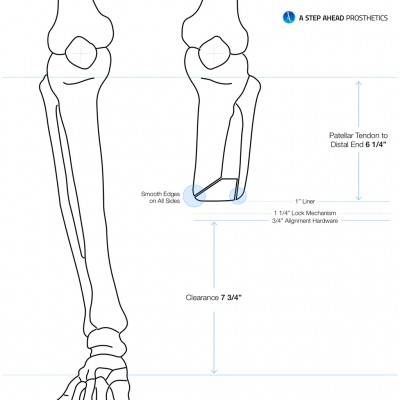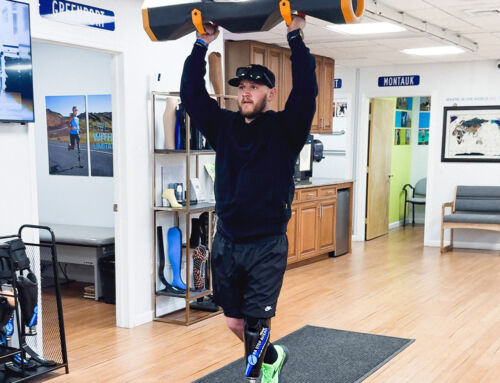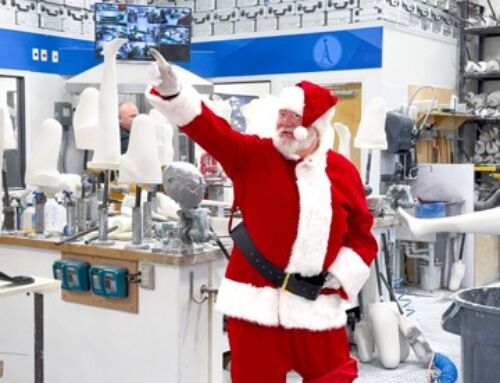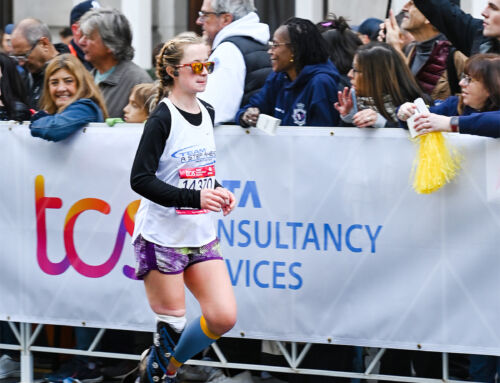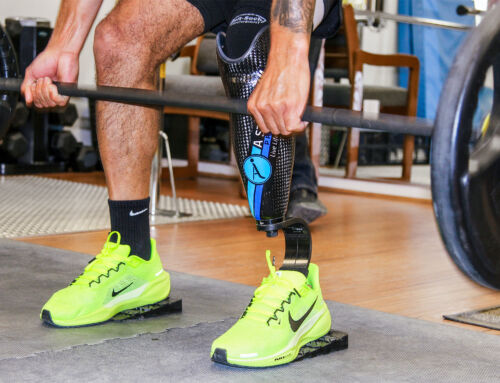In traditional amputation, pain in the residual limb can be a challenge to both the patient and care provider.
A major cause of pain in transradial and transtibial amputations is instability between the residual bones. Ertl’s osteomyoplastic operation induces the formation of an osseous bridge between the tibia/fibula or radius/ulna by placing a strut graft of fibula/ulna between them that ultimately helps attenuate the issue.
Because this technique allows for significant weight bearing at the distal end of the amputated limb, it creates optimal conditions for properly interfacing with a prosthetic system post surgery – conversely, a bad prosthetic fit will null the positive effects of the procedure.
A Step Ahead has had great success in collaborating with doctors on Ertl procedure cases. By communicating prior to surgery, we have consistently provided amputees with optimal long-term results and a better quality of life.
“Ultimately, a successful Ertl procedure depends on the proper prosthetic fit, components and rehabilitation support.”
Below are excerpts from a rendering created to gain consensus regarding an elective Ertl procedure, where a revision surgery was recommended as a means to address chronic pain.
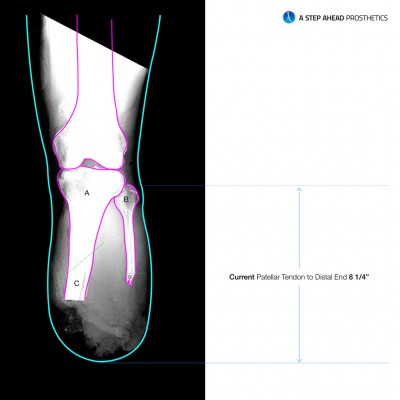
After communicating with the doctor, analyzing the x-rays and evaluating the patient, we created illustrations to help explain the procedure to all parties involved.
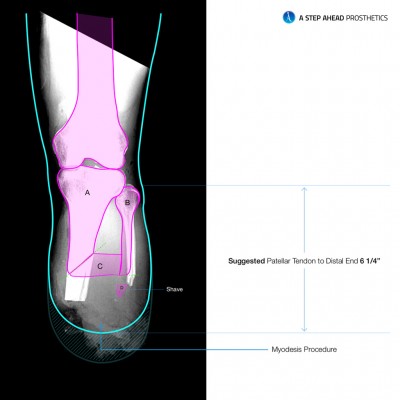
This diagram shows how the ideal measurements yield the optimal clearance to fit the appropriate components. The result is less pain, improved mobility and better quality of life.
